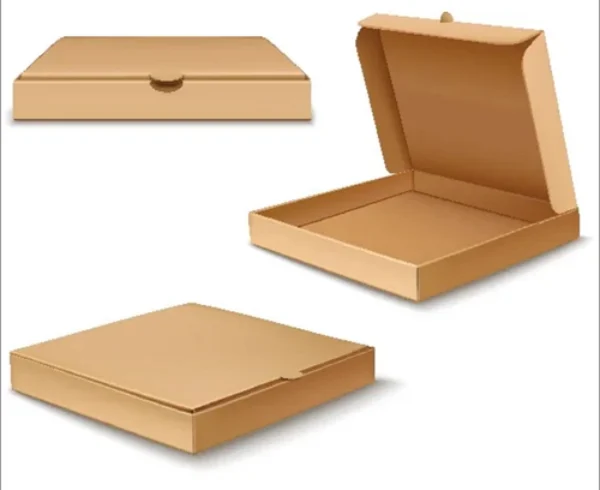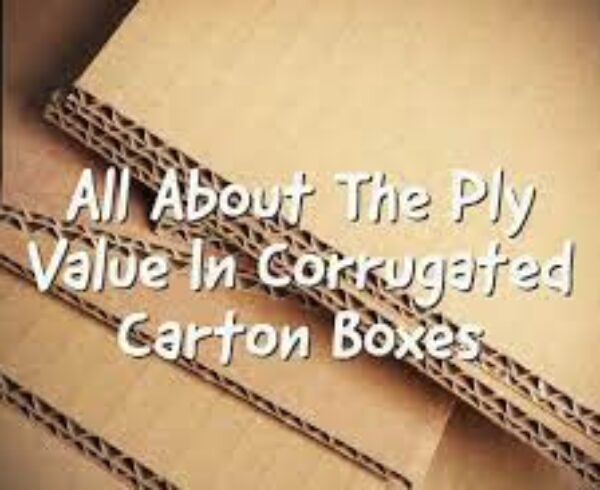Explore a Variety of Archival Boxes for Different Items

Explore a Variety of Archival Boxes for Different Items
Archival boxes come in a diverse range of types, each meticulously designed to provide optimal protection for specific items. For delicate documents, acid-free document boxes are ideal, preventing yellowing and deterioration. Photographs find safe haven in photo boxes with acid-free sleeves, shielding them from light and moisture. Textile enthusiasts can turn to textile storage boxes, which ensure fabrics are shielded from dust and humidity.
For collectors of small artifacts, coin and specimen boxes with foam inserts are perfect for securing and displaying items. Bulky items like books demand book drop-front boxes, allowing easy access without compromising protection. Those preserving artwork can rely on acid-free art storage boxes, accommodating various sizes while thwarting environmental harm.
Magnetic media, such as tapes and disks, need media storage boxes to guard against magnetic fields and dust. Avid philatelists benefit from specialized stamp boxes with individual compartments. Entomologists utilize insect storage boxes with pinned interiors to safeguard fragile specimens.
Overall, these archival boxes cater to an array of items, promoting longevity by shielding against light, moisture, dust, and other environmental factors. Proper selection ensures that each item’s unique preservation requirements are met, making archival boxes essential tools for conservators, collectors, and enthusiasts alike.
Different Types of Archival Boxes
Archival boxes are designed to provide safe and protective storage for a wide range of items, each with specific requirements. Here are some different types of archival boxes:
- Document Boxes: Acid-free document boxes are used to store papers, letters, and documents. They prevent acid migration and deterioration, keeping items flat and protected.
- Photo Boxes: These boxes feature acid-free sleeves or envelopes, protecting photographs from light, dust, and moisture. Some also have adjustable dividers for organization.
- Textile Storage Boxes: Textile boxes are used for storing fabrics, clothing, and textiles. They are made of acid-free materials to prevent discoloration and deterioration.
- Art Storage Boxes: Designed for artwork, these boxes are available in various sizes and shapes to accommodate different types of art, such as paintings, drawings, and sculptures.
- Book Drop-Front Boxes: These boxes are designed for books and allow easy access while providing protection against dust, light, and physical damage.
- Coin and Specimen Boxes: These boxes have foam inserts with cutouts to securely hold and display coins, specimens, or other small objects. They prevent movement and damage.
- Stamp Boxes: Stamp collectors use specialized boxes with individual compartments to store and organize stamps. These boxes prevent stamps from sticking to each other.
- Insect Storage Boxes: Entomologists use these boxes to store and display pinned insects. The boxes have a padded interior to hold the pins securely.
- Media Storage Boxes: These boxes are designed for storing magnetic media like tapes and disks. They protect against magnetic fields, dust, and physical damage.
- Audiovisual Boxes: Designed for film reels, videotapes, and audio recordings, these boxes shield fragile media from light, moisture, and deterioration.
Choosing the Right Archival Box
Choosing the right archival box is crucial to ensure the long-term preservation of your valuable items. Here’s a guide to help you make the right choice:
- Item Type: Consider the type of item you’re storing. Different items have different requirements. For documents, use acid-free document boxes; for photographs, opt for photo boxes with acid-free sleeves.
- Size: Choose a box that comfortably fits your item without excessive empty space. Items should be neither tightly packed nor too loose, as this can lead to damage.
- Material: Look for boxes made from acid-free or archival-quality materials. Acid-free materials prevent the transfer of harmful chemicals that can cause deterioration.
- Protection: Assess what kind of protection your item needs. If it’s sensitive to light, choose a box that provides light-blocking features. If it’s fragile, select a box with cushioning or padding.
- Access: Consider how often you’ll need to access the item. Items you frequently use should be stored in boxes with easy access features like drop-front openings.
- Climate Control: If you live in a humid environment, choose boxes that are designed to regulate moisture and humidity to prevent mold and mildew.
- Specialized Boxes: For unique items like coins, stamps, or textiles, opt for boxes specifically designed for those purposes. They often come with compartments or inserts to prevent movement and damage.
- Stackability: If you’re storing multiple boxes, consider how well they stack. Sturdy, uniform sizes will help maximize space and prevent box collapse.
- Labeling: Choose boxes with labeling areas or sleeves. Proper labeling ensures easy identification without the need to open every box.
- Archival Standards: Check if the box complies with archival standards set by professional preservation organizations. This ensures the box meets quality requirements.
- Budget: Quality archival boxes can be an investment, but they’re essential for preserving valuable items. Balance your budget with the need for proper storage.
- Future Growth: If you anticipate expanding your collection, choose boxes that are easily expandable or come in a variety of sizes.
- Appearance: While functionality is key, consider the aesthetic appeal of the box, especially if it’s for displaying items like artwork or collectibles.
- Consult Experts: If you’re unsure, consult preservation experts, librarians, or archivists. They can provide guidance based on their expertise.




Leave a Comment